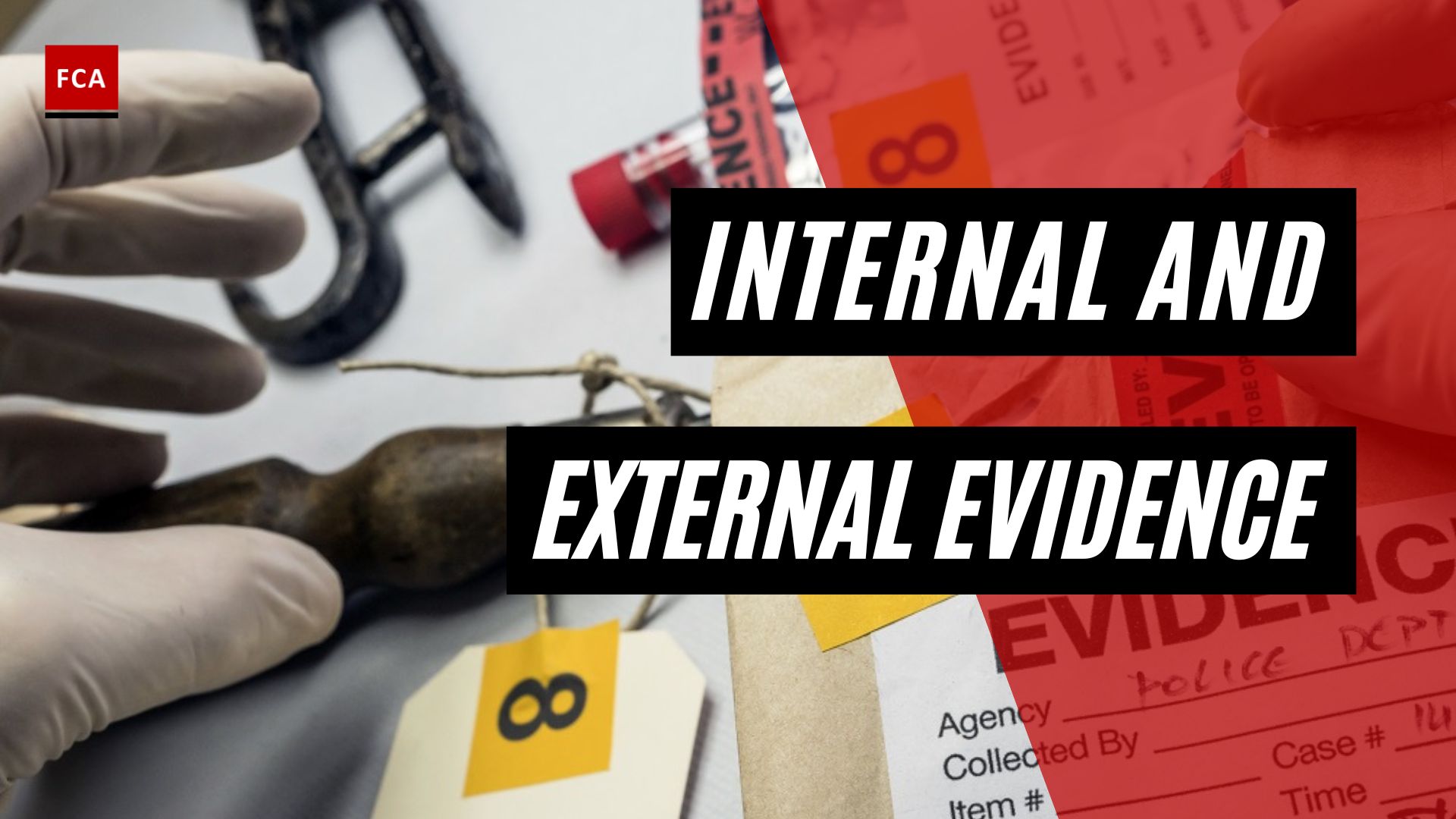The objectives of the investigation. The purpose of investigating is to gather enough evidence to prove or disprove an allegation, suspicion, or another issue. The result of an investigation is a conclusion about what happened and what actions are appropriate in response. Enough evidence could be defined as evidence that, when examined by a competent and objective individual, would lead that individual to form the same conclusion as that made by the internal auditor.

Objectives Of The Investigation
Forensic investigators are required to identify fraud indicators and discuss the need for auditors to be alert to significant risks to the company. It also requires periodic reporting of significant risk exposures to the board and senior management.
The scope of an investigation will depend on the issue under review. The scope should be focused on those matters that will enable the internal auditor to form a supportable conclusion. Suppose an employee accuses a manager of sexually harassing employees. In that case, the investigation will focus partly on employees who may have been affected by the alleged harassing behavior.
If an employee is accused of inflating expense reports, the scope of the investigation will include the employee’s travel vouchers and the related controls over processing expense reports. Auditors should avoid broad investigations far beyond the original allegation or suspicion. Unfocused investigations will likely be viewed as a possible witch hunt, and the auditors will be perceived as out of control.
An investigating auditor should be conscious that first appearances may be deceiving. An allegation of impropriety may, be a smokescreen to divert attention. For example, a manager charged with harassment by an employee may have recently confronted that employee with evidence that she was cheating on her expense reports. On the other hand, the allegation may prove true despite the recent confrontation.
Conclusions should not be reached until all the evidence has been gathered and analyzed. Sometimes, a small discrepancy may be a clue to a much larger defalcation.
Example
At one company, the investigation of a seemingly inconsequential accounting error led to the discovery of an international computer hacker who had penetrated multiple militaries and research computers. Accordingly, chief audit executives need to exercise careful judgment in determining the scope of an investigation.
How to Set Objectives?
Begin by establishing the following goals for workplace investigations:
- Determine who is involved. The complainant, subject, and any witnesses are all included.
- Determine the incident’s underlying causes. It could be due to a lack of training, unsafe working conditions, or a personal reason.
- Determine whether or not the law has been broken. Theft, harassment, and discrimination are all prohibited acts. If the investigation reveals an incident that violates the law, ensure that the appropriate people are notified, and that appropriate action is taken.
- Separate fact from fiction. To reach an appropriate conclusion, you must have accurate facts. Learn how to tell if someone is telling the truth.
- Correct the mistake. Determine what steps must be taken to prevent the incident from happening again. Corrective action could range from reprimanding the offender to rewriting company policies.
Depending on the type of misconduct under investigation, you may need to add more objectives to this list. Going into an investigation with clear objectives lowers the risk and keeps investigators on track.
Final Thoughts
A detailed examination of accounts and inquiry into the state of affairs of the business or for a specific purpose is referred to as an investigation. It entails the process of analyzing, collecting, and presenting facts in a way that allows the parties to understand the essential facts about the subject under investigation.
An aim identifies the purpose of the investigation. It is a straightforward expression of what the researcher hopes to learn from an investigation.









